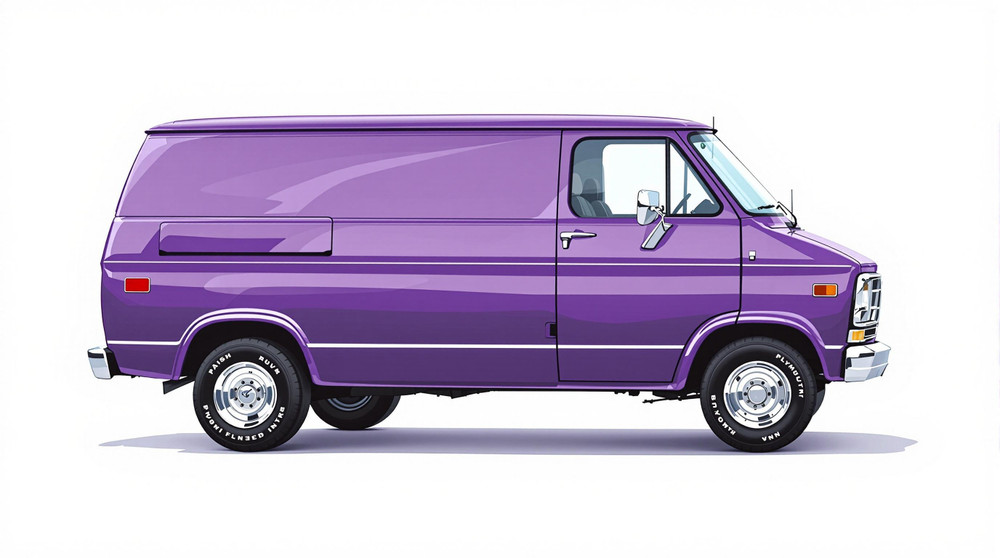Image of 1977 Plymouth Pb300, Note: These illustrations use artistic license and may differ from actual historical models.
Performance Metrics
Fundamental Metrics
Emotional Appeal
MMP Rating
| Engine Specifications | |
|---|---|
| Engine Options: | 318 V8, 360 V8 |
| Displacement Range: | 318-360 cu in. |
| Horsepower Range: | 150-200 hp (estimated) |
| Torque: | 230-280 lb-ft (estimated) |
| Compression Ratio: | 8.5:1 (318 V8), 8.4:1 (360 V8) |
| Ignition System: | Electronic ignition |
| Cooling System: | Liquid-cooled |
| Performance Specifications | |
| 0-60 Time: | Not available |
| 1/4 Mile Time: | Not available |
| Top Speed: | Not available |
| Transmission and Drive | |
| Drive Type: | Rear-wheel drive |
| Transmission Type: | 3-speed automatic |
| Fuel and Efficiency | |
| Fuel System Type: | Carburetor |
| MPG: | 10-12 mpg (estimated) |
| Dimensions and Brakes | |
| Brakes: | Front disc, rear drum |
| Wheelbase: | 127.0 in. |
| Weight: | 4,500 lbs (estimated) |
Note: Specifications for classic cars are given to the best of our ability, considering the limited and variant data available.
The Unassuming Icon: The 1977 Plymouth PB300 Van
In the pantheon of classic vehicles, the 1977 Plymouth PB300 Van stands as a testament to utilitarian design married with the indomitable spirit of the 70s van culture. Born from the assembly lines of the Chrysler Corporation, this workhorse was a familiar sight on American roads, serving businesses and families alike. Its historical significance lies not just in its functionality but also in its embodiment of an era where vans were not just vehicles, but canvases for personal expression. A notable moment in the PB300's history was its use as a trusted steed for tradespeople, a testament to its reliability and versatility.
Design and Innovation
The exterior of the PB300 was a classic representation of the era's van design – boxy, functional, with a hint of muscle car aesthetic in its front grille and round headlights. Inside, drivers were greeted with a no-nonsense dashboard and durable materials built to withstand the rigors of daily use. Technological features were modest by today's standards, but for its time, it offered what was necessary for comfort and convenience. Color options ranged from the earthy tones popular in the 70s to more vibrant hues that appealed to those looking to make a statement. The most iconic body style was undoubtedly the windowless cargo van, a favorite among businesses and custom van enthusiasts.
Historical Significance
The PB300's impact on automotive design was subtle yet significant. It helped cement the full-size van as a fixture in American culture, capable of being transformed into anything from an RV to a rolling art piece. It set itself apart with its robust construction and adaptability, features that have ensured its lasting influence on van design to this day.
Performance and Handling
Performance-wise, the 1977 Plymouth PB300 Van was never going to break any speed records. Its top speed and acceleration were adequate for its purpose, focusing more on torque and load-carrying ability. Handling was as expected for a large van; it was stable and reliable rather than sporty. Driving one was about the rumble of the engine and the commanding view of the road, with a sense of solidity that newer, lighter vehicles sometimes lack.
Ownership Experience
Owners of the PB300 typically used it as a daily driver for work or as a base for customization. Its maintenance and reliability were one of its strong suits, with many parts being easy to source and repair. This accessibility made it a beloved choice among those who needed a dependable vehicle without the fuss.
Fun Facts
The PB300 may not have been the star of any blockbuster movies or owned by a long list of celebrities, but it did have its share of unique trivia. For instance, custom versions often featured in local car shows, showcasing elaborate paint jobs and interior conversions. While it didn't set any speed records, it certainly set records for versatility and customization.
Collector's Information
Today, the 1977 Plymouth PB300 Van holds a unique place in collector circles. Its value range can vary widely depending on condition and customization, with well-preserved or expertly customized models fetching higher prices. While production numbers were substantial, finding one in pristine condition can be challenging. As a rough estimate, good quality models could sell anywhere from $10,000 to $20,000 or more for exceptional examples. The market trend for these vans seems to be appreciating, especially as they become rarer and nostalgia for the 70s van culture continues to grow.
Conclusion
The 1977 Plymouth PB300 Van may not have been the flashiest vehicle of its time, but its legacy is enduring. It represents an era when simplicity and utility were valued, and personalization was king. Whether you're a collector looking for a slice of Americana or an enthusiast eager to dive into van culture, the PB300 is a classic that continues to capture hearts and imaginations.
1977 Plymouth Pb300 Catalog of Parts
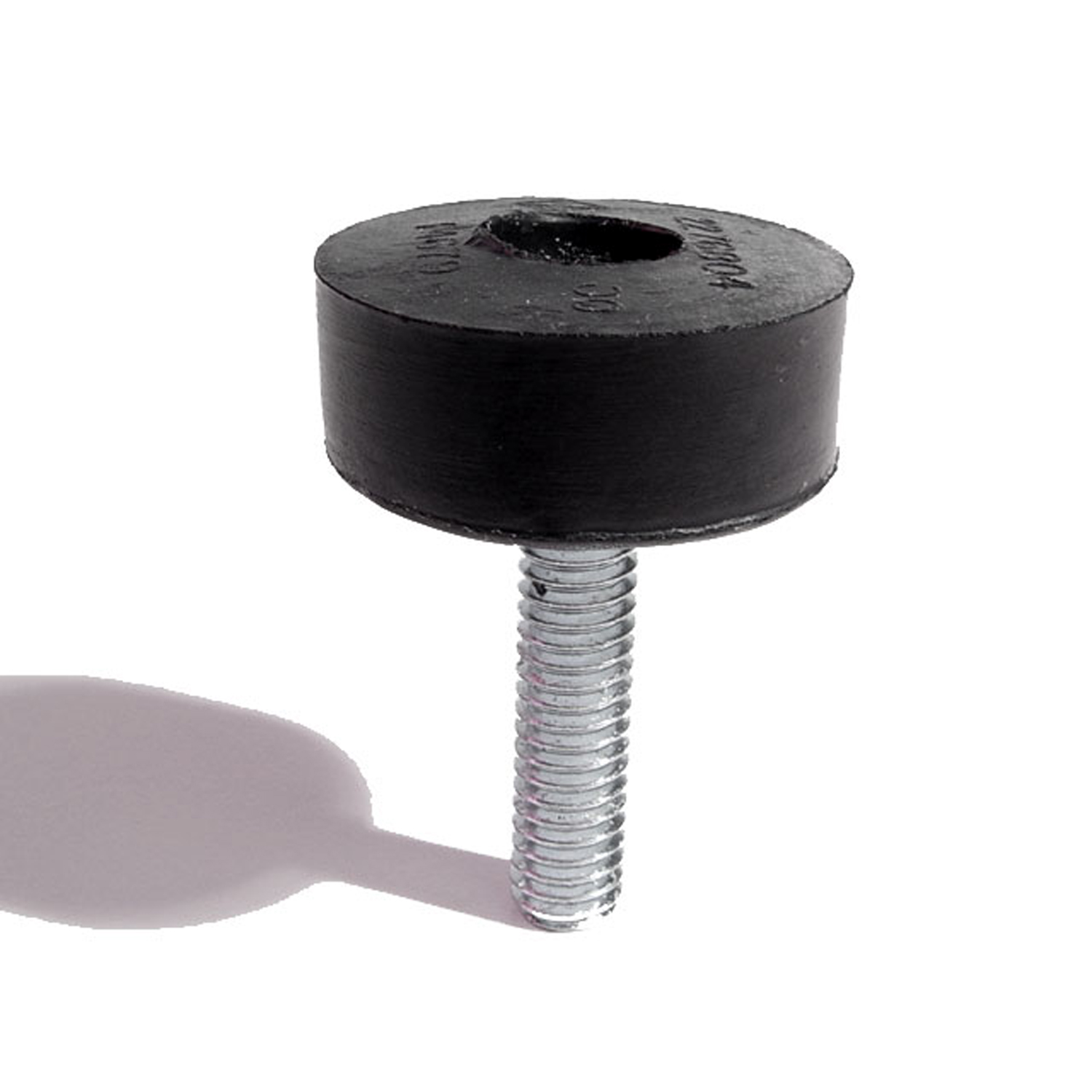 1977 Plymouth PB300 Hood Adjustment Bolt and Bumper-HA 8Hood Adjustment Bolt and Bumper. 1-3/16" diameter rubber head. 5/16" thick X 18 threads/inch X 1-1/4" long bolt. Each
1977 Plymouth PB300 Hood Adjustment Bolt and Bumper-HA 8Hood Adjustment Bolt and Bumper. 1-3/16" diameter rubber head. 5/16" thick X 18 threads/inch X 1-1/4" long bolt. Each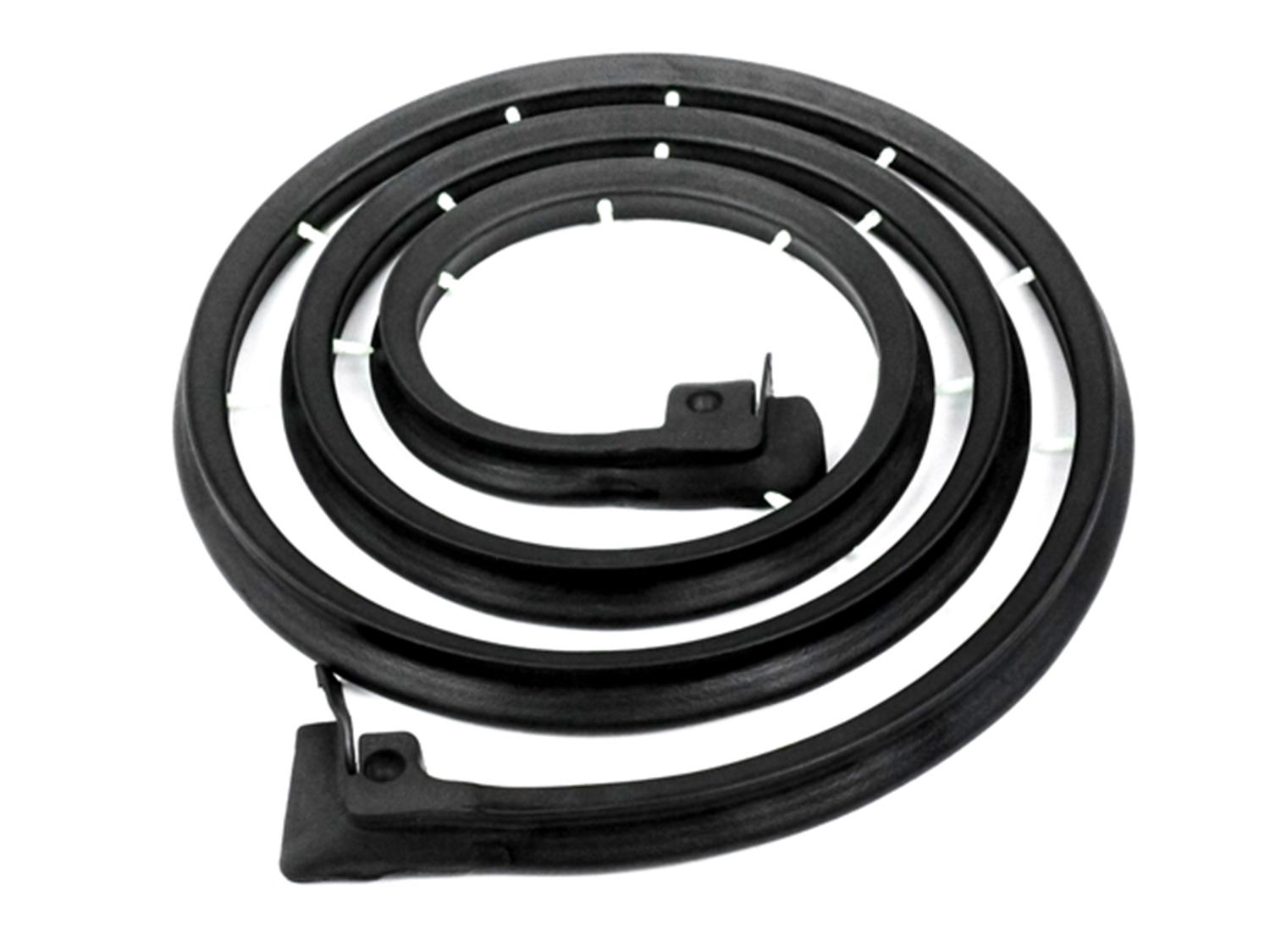 1977 Plymouth PB300 Rear cargo door seal. Left-hand side-LM 123-VARear cargo door seal. Left-hand side. Fits '71-'77 Dodge B-Series vans (B100/B200/B300) and '74-'77 Plymouth PB-Series vans (PB100/PB200/PB300). [Note: Do not confuse this seal with the SIDE cargo door seals LM 123-VC.] Replaces OEM# 2956359. Each.
1977 Plymouth PB300 Rear cargo door seal. Left-hand side-LM 123-VARear cargo door seal. Left-hand side. Fits '71-'77 Dodge B-Series vans (B100/B200/B300) and '74-'77 Plymouth PB-Series vans (PB100/PB200/PB300). [Note: Do not confuse this seal with the SIDE cargo door seals LM 123-VC.] Replaces OEM# 2956359. Each.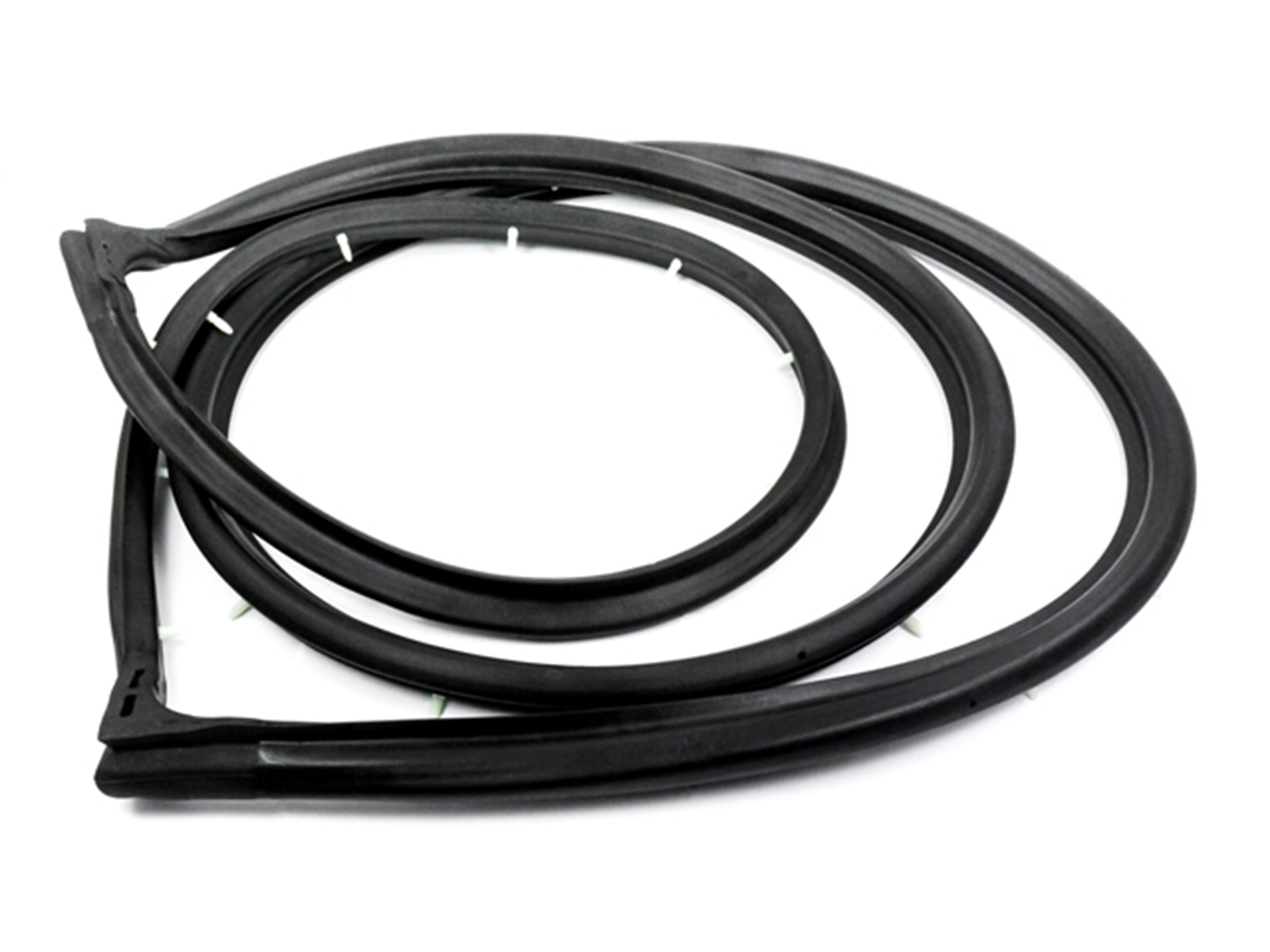 1977 Plymouth PB300 Rear cargo door seal. Right-hand side-LM 123-VBRear cargo door seal. Right-hand side. Fits '71-'77 Dodge B-Series vans (B100/B200/B300) and '74-'77 Plymouth PB-Series vans (PB100/PB200/PB300). Replaces OEM# 2956358. Each.
1977 Plymouth PB300 Rear cargo door seal. Right-hand side-LM 123-VBRear cargo door seal. Right-hand side. Fits '71-'77 Dodge B-Series vans (B100/B200/B300) and '74-'77 Plymouth PB-Series vans (PB100/PB200/PB300). Replaces OEM# 2956358. Each.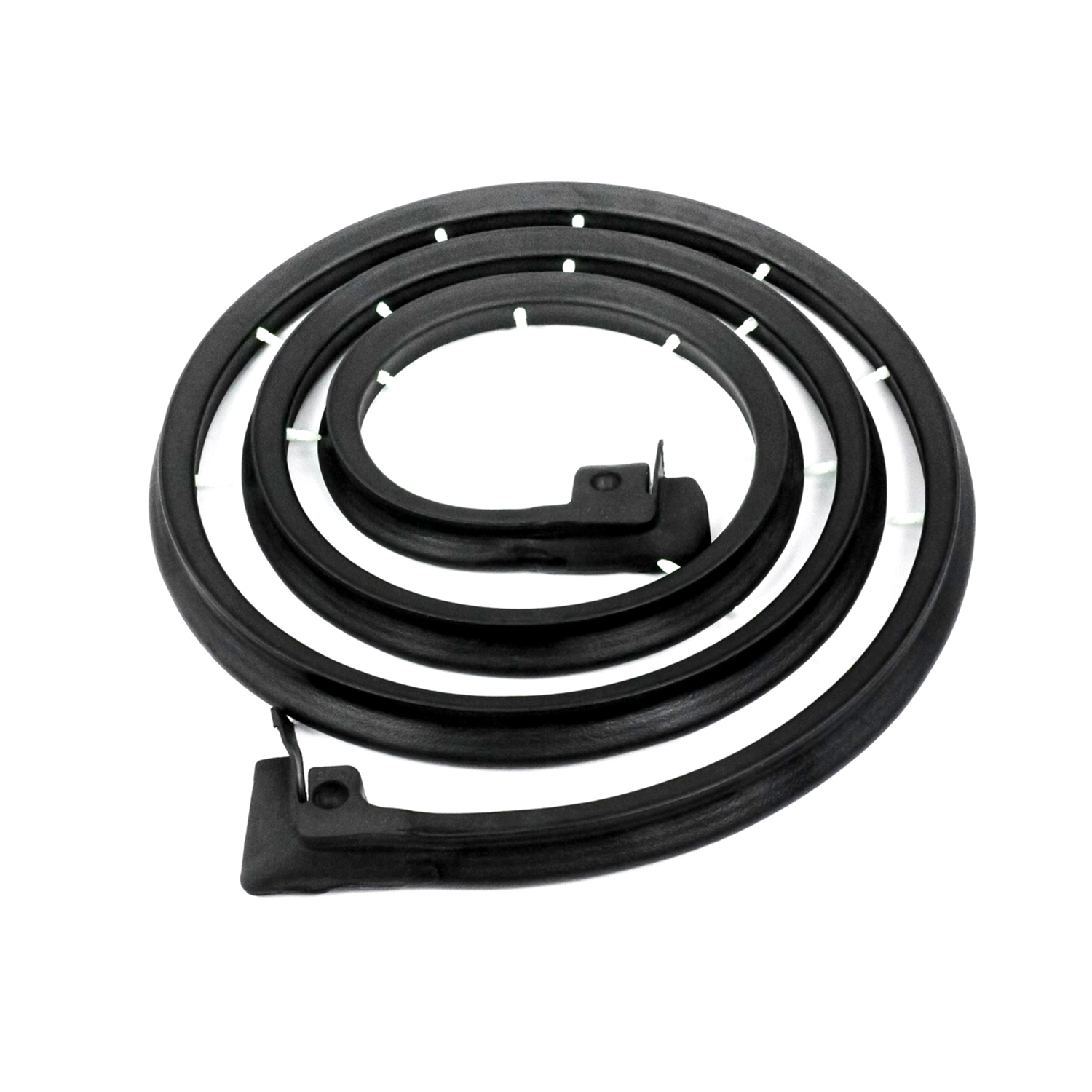 1977 Plymouth PB300 Side cargo door seal. Left-hand seal-LM 123-VCSide cargo door seal. Left-hand seal. Fits '71-'77 Dodge B-Series vans (B100/B200/B300) and '74-'77 Plymouth PB-Series vans (PB100/PB200/PB300). [Note: Do not confuse this seal with the REAR cargo door seals LM 123-VA.] Replaces OEM# 2956357. Each.
1977 Plymouth PB300 Side cargo door seal. Left-hand seal-LM 123-VCSide cargo door seal. Left-hand seal. Fits '71-'77 Dodge B-Series vans (B100/B200/B300) and '74-'77 Plymouth PB-Series vans (PB100/PB200/PB300). [Note: Do not confuse this seal with the REAR cargo door seals LM 123-VA.] Replaces OEM# 2956357. Each.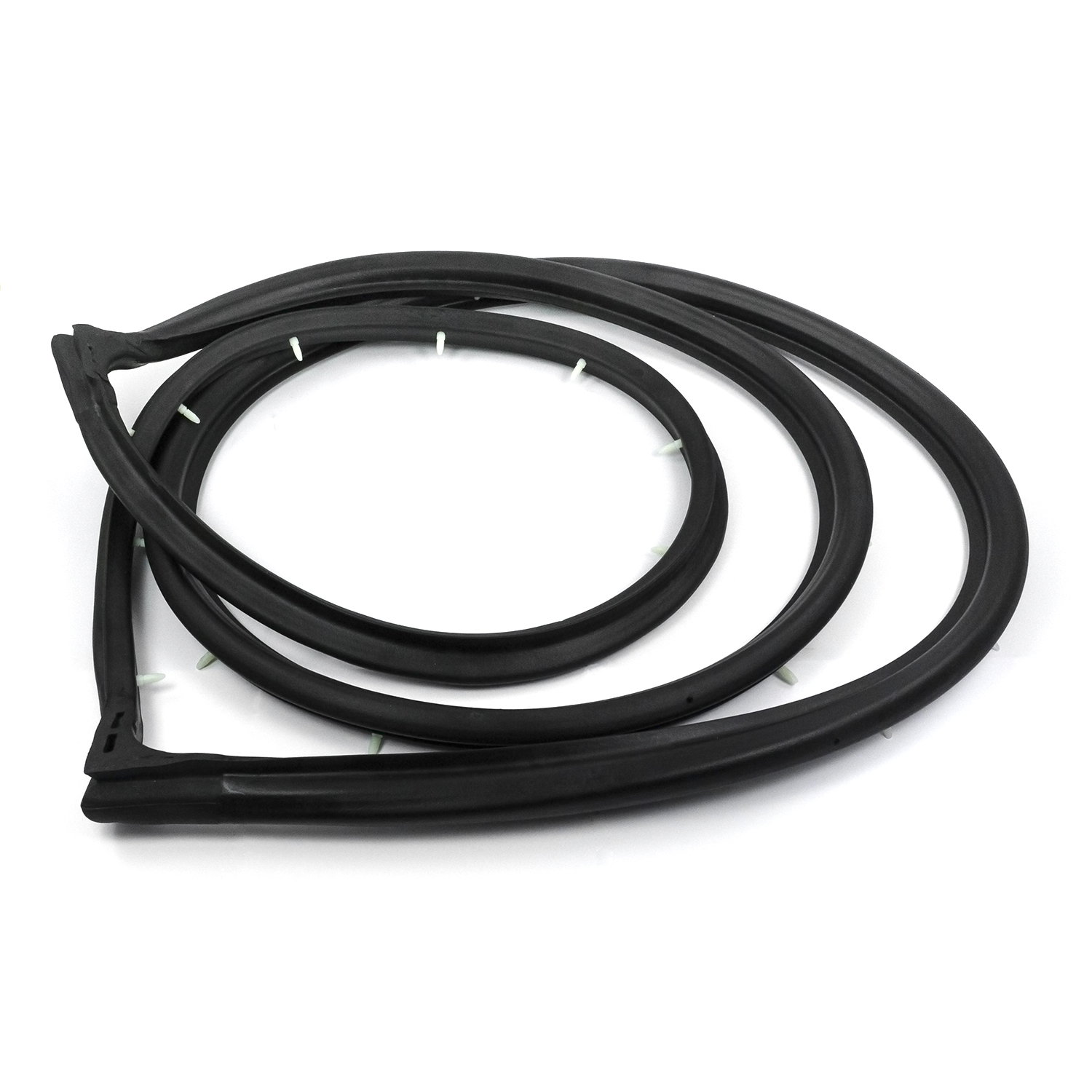 1977 Plymouth PB300 Side cargo door seal. Right-hand seal-LM 123-VDSide cargo door seal. Right-hand seal. Fits '71-'77 Dodge B-Series vans (B100/B200/B300) and '74-'77 Plymouth PB-Series vans (PB100/PB200/PB300).
1977 Plymouth PB300 Side cargo door seal. Right-hand seal-LM 123-VDSide cargo door seal. Right-hand seal. Fits '71-'77 Dodge B-Series vans (B100/B200/B300) and '74-'77 Plymouth PB-Series vans (PB100/PB200/PB300). 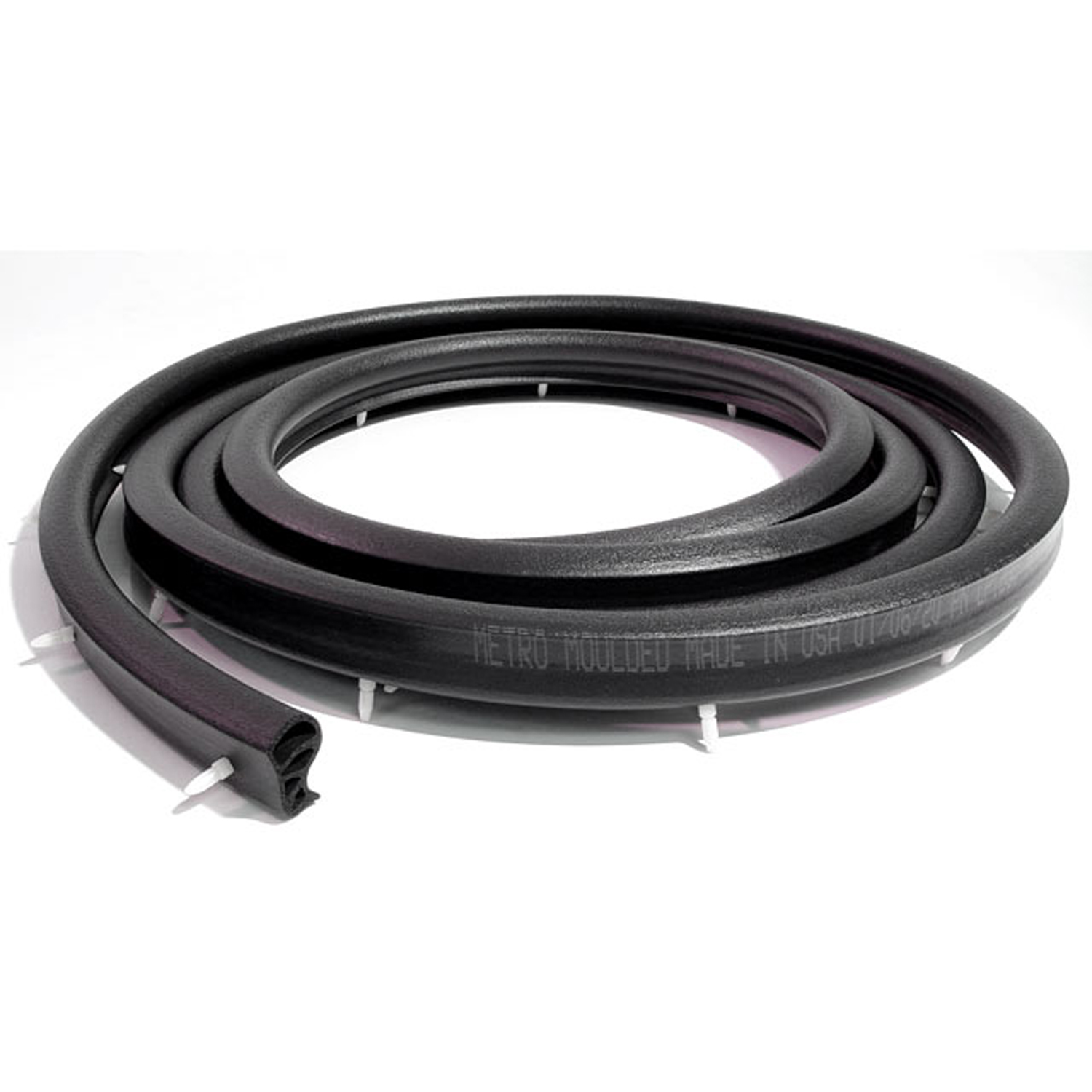 1977 Plymouth PB300 Drivers Side (left) Door Seal. Fits full size vans only-LM 123-VLDrivers Side (left) Door Seal. Fits full size vans only. Each
1977 Plymouth PB300 Drivers Side (left) Door Seal. Fits full size vans only-LM 123-VLDrivers Side (left) Door Seal. Fits full size vans only. Each 1977 Plymouth PB300 Passenger Side (right) Door Seal. Fits full size vans only-LM 123-VRPassenger Side (right) Door Seal. Fits full size vans only. Each
1977 Plymouth PB300 Passenger Side (right) Door Seal. Fits full size vans only-LM 123-VRPassenger Side (right) Door Seal. Fits full size vans only. Each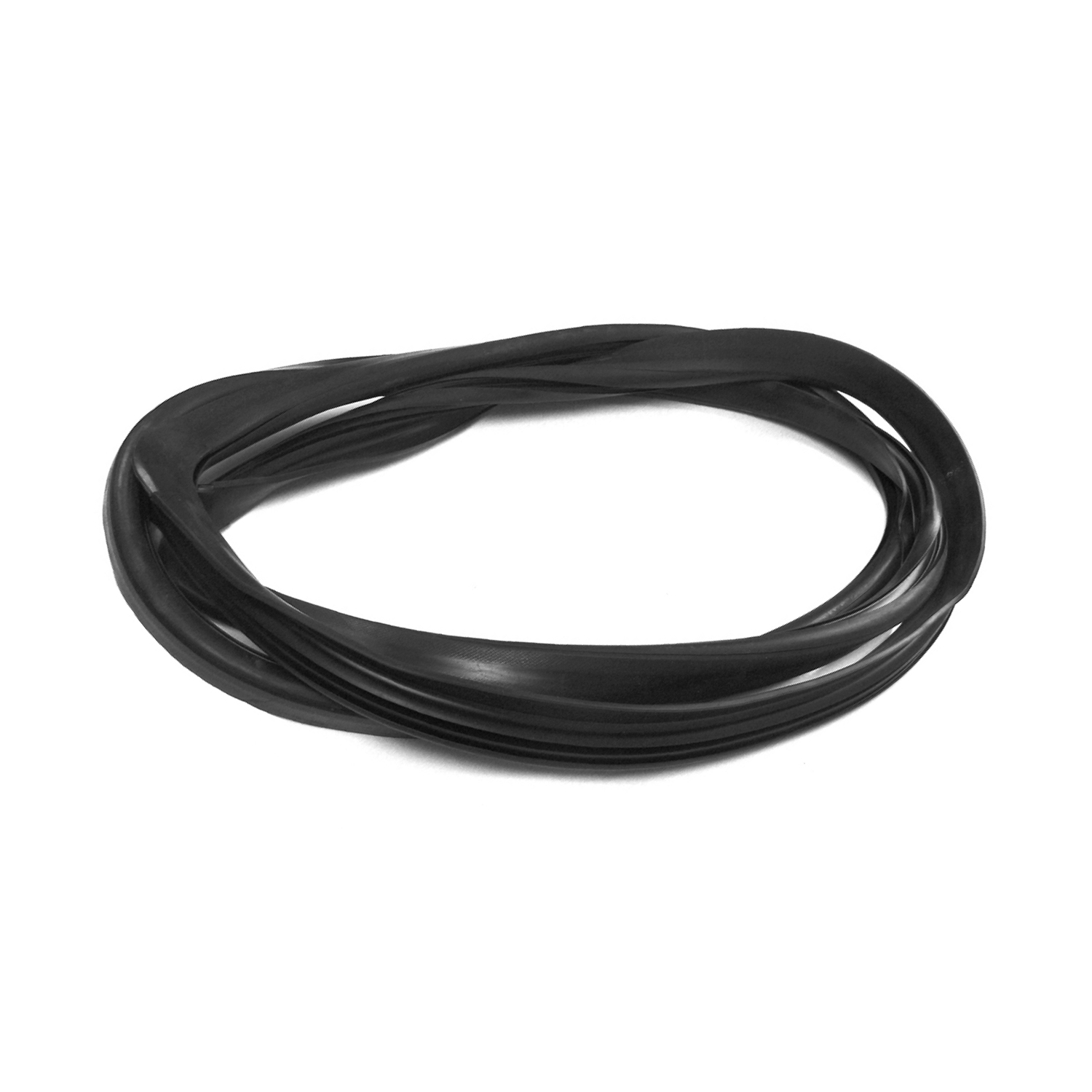 1977 Plymouth PB300 Windshield seal, '71-'93 Dodge/Plymouth B/PB series vans-VWS 2706Windshield seal, '71-'93 Dodge/Plymouth B/PB series vans, with groove for lockstrip, each.
1977 Plymouth PB300 Windshield seal, '71-'93 Dodge/Plymouth B/PB series vans-VWS 2706Windshield seal, '71-'93 Dodge/Plymouth B/PB series vans, with groove for lockstrip, each.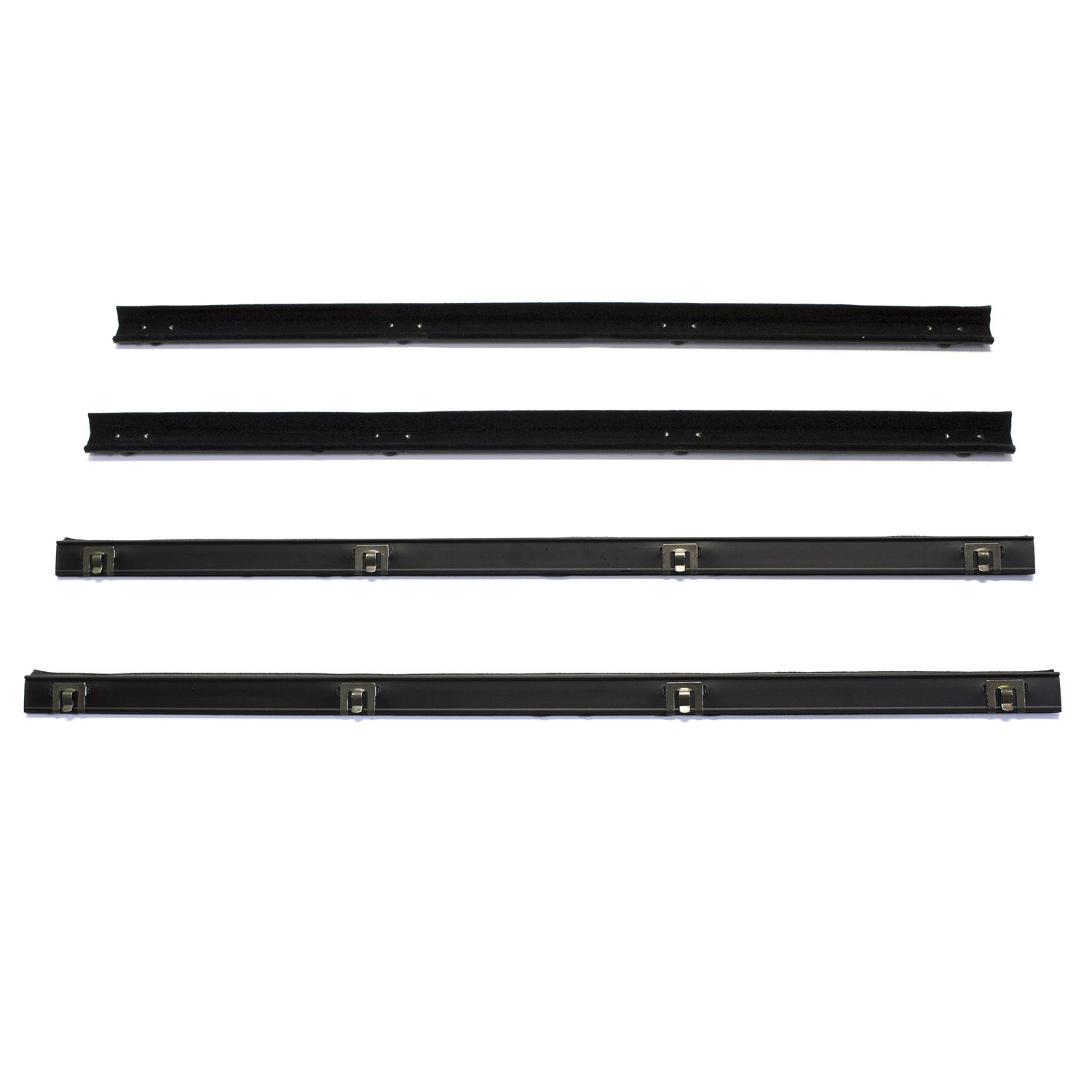 1977 Plymouth PB300 Window Sweeper Kit-WC 4300-01Window Sweeper Kit. Fits '71-'79 Dodge B-series and '74-'79 Plymouth PB-series full size vans. 4-piece kit includes both left-side and right-side inner and outer sweepers. Set. R&L.
1977 Plymouth PB300 Window Sweeper Kit-WC 4300-01Window Sweeper Kit. Fits '71-'79 Dodge B-series and '74-'79 Plymouth PB-series full size vans. 4-piece kit includes both left-side and right-side inner and outer sweepers. Set. R&L.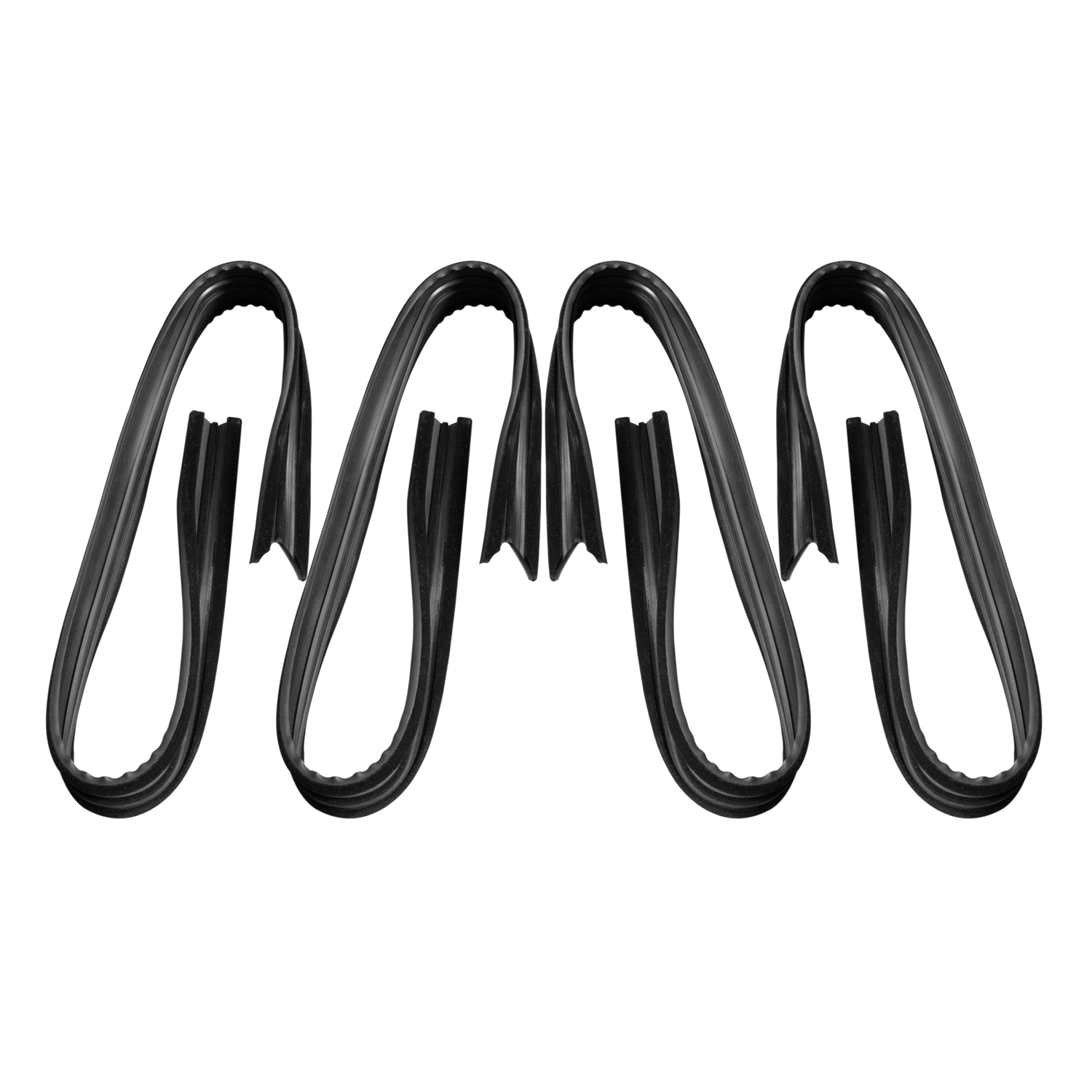 1977 Plymouth PB300 Glass Run Window Channels-WC 4300-02Glass Run Window Channels. Fits '71-'79 Dodge B-series and '74-'79 Plymouth PB-series full size vans. 4-piece kit includes both left-side and right-side front upper and division bar glass run window channels. Set.
1977 Plymouth PB300 Glass Run Window Channels-WC 4300-02Glass Run Window Channels. Fits '71-'79 Dodge B-series and '74-'79 Plymouth PB-series full size vans. 4-piece kit includes both left-side and right-side front upper and division bar glass run window channels. Set.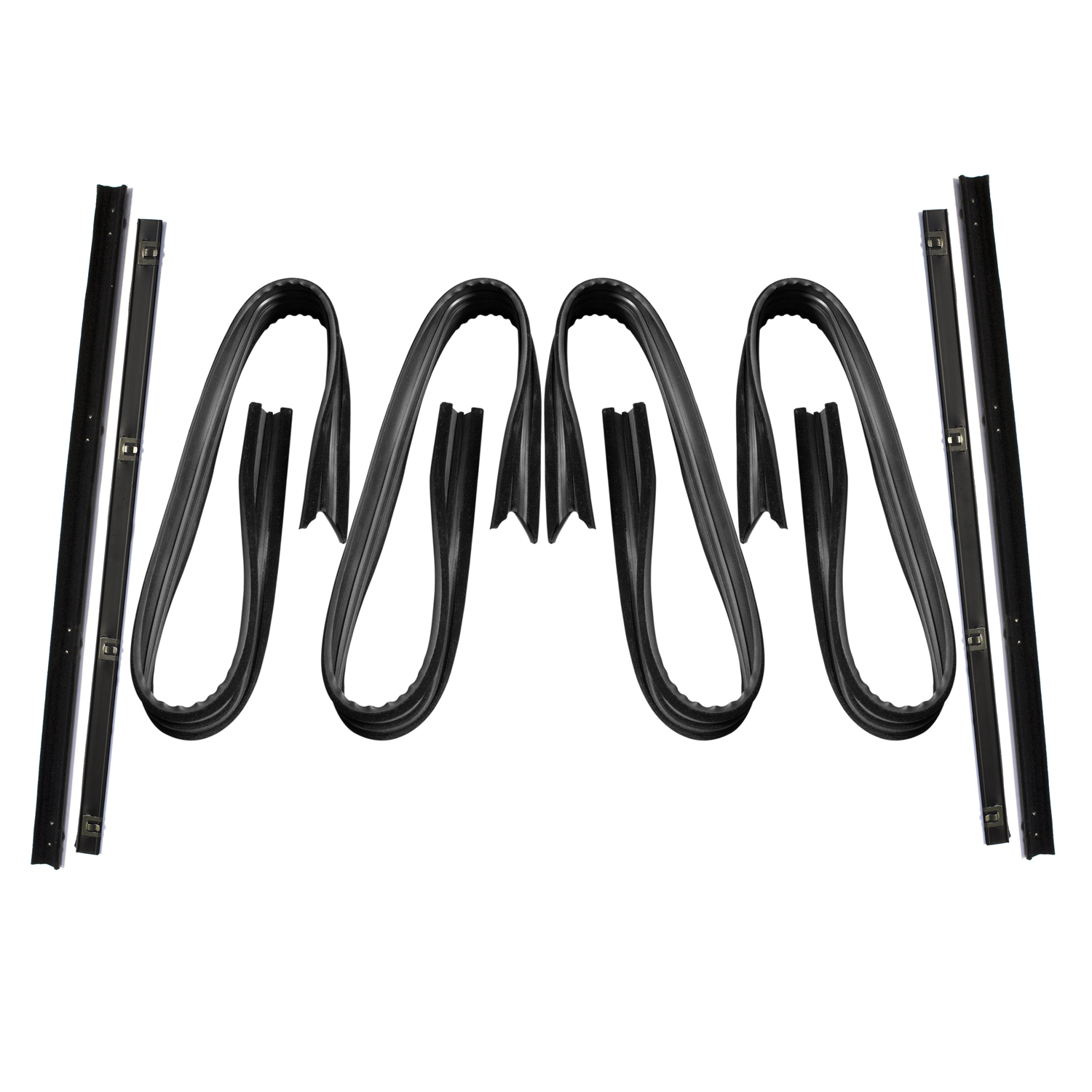 1977 Plymouth PB300 Window Sweepers and Glass Run Window Channels-WC 4300-03Window Sweepers and Glass Run Window Channels. Fits '71-'79 Dodge B-series and '74-'79 Plymouth PB-series full size vans. 8-piece kit includes both left-side and right-side inner and outer window sweepers and front upper and division bar glass run window channels. Combines WC 4300-01 and WC 4300-02. Set. R&L.
1977 Plymouth PB300 Window Sweepers and Glass Run Window Channels-WC 4300-03Window Sweepers and Glass Run Window Channels. Fits '71-'79 Dodge B-series and '74-'79 Plymouth PB-series full size vans. 8-piece kit includes both left-side and right-side inner and outer window sweepers and front upper and division bar glass run window channels. Combines WC 4300-01 and WC 4300-02. Set. R&L.Why Choose Metro?
For over 100 years, Metro Moulded Parts has been the pinnacle of quality in classic car restoration parts. Our commitment to precision and authenticity in every component ensures a perfect fit and an OEM-level appearance.
- Expert Craftsmanship & Quality: Each part is a testament to our dedication to reliability and perfection, crafted from original designs and thoroughly tested.
- Advanced Technology: We use cutting-edge techniques to create flawless, long-lasting parts that surpass others in performance.
- SuperSoft Sponge – The Ultimate Door Seal: Not only are our door seals 30% softer than competitors', but they're also guaranteed to never leak. They effectively reduce wind and road noise, enhancing your classic car's comfort and driving experience.
- Proudly American: Our parts are a product of American craftsmanship, made in the USA with a spirit of excellence and heritage.
- Unrivaled Warranty: We back our products with a 30-year industry-leading warranty, a testament to our confidence in their quality.
Join us in preserving the legacy of classic cars with parts that are crafted for perfection, not just made.

